Sign up for our newsletter
Sign up today to stay in the loop about the hottest deals, coolest new products, and exclusive sales.

Wahnapitae, ON P0M 3C0
Phone: 705-694-0065
Fax: 705-694-1594
Toll Free: 1-877-224-2323
Email: info@ibeadcanada.com
Mon-Sat: 10am - 6pm
Sun: 11am-5pm
Mon-Sat: 10am - 6pm
Sun: 11pm-5pm
Free Shipping on Most Orders Over $150* – Learn More >
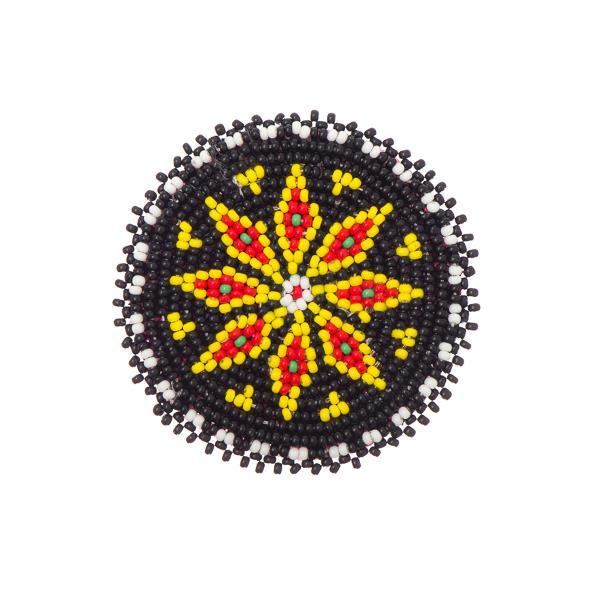 Beaded Rosettes
Beaded Rosettes
 Bells
Bells
 Cabochons
Cabochons
 Dolls & Acc.
Dolls & Acc.
 Dream Catcher Rings
Dream Catcher Rings
 Drum Making
Drum Making
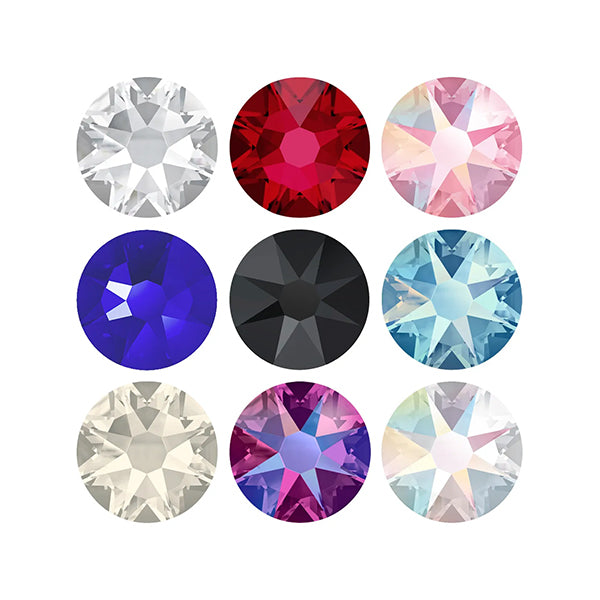 Flat Back Stones
Flat Back Stones
 Jingle Cones
Jingle Cones
 Mirrors
Mirrors
 Pipe Stems
Pipe Stems
 Rhinestone Banding
Rhinestone Banding
 Sequins
Sequins
 Sew On Stones
Sew On Stones
 Beading Foundation
Beading Foundation
 Crepe Soles
Crepe Soles
 Elastic Cord
Elastic Cord
 Fabric
Fabric
 Fringe
Fringe
 Ribbon
Ribbon
 Trim
Trim
 Bails
Bails
 Bolo Tie Acc.
Bolo Tie Acc.
 Bookmarks
Bookmarks
 Brooch & Bar Pins
Brooch & Bar Pins
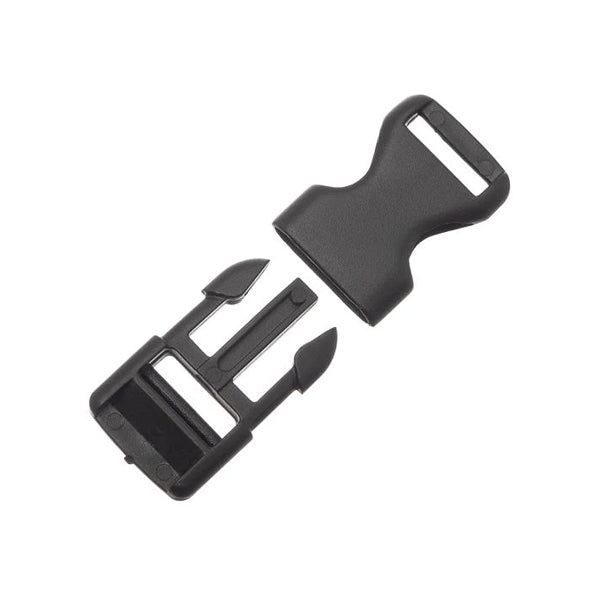 Buckles
Buckles
 Buttons
Buttons
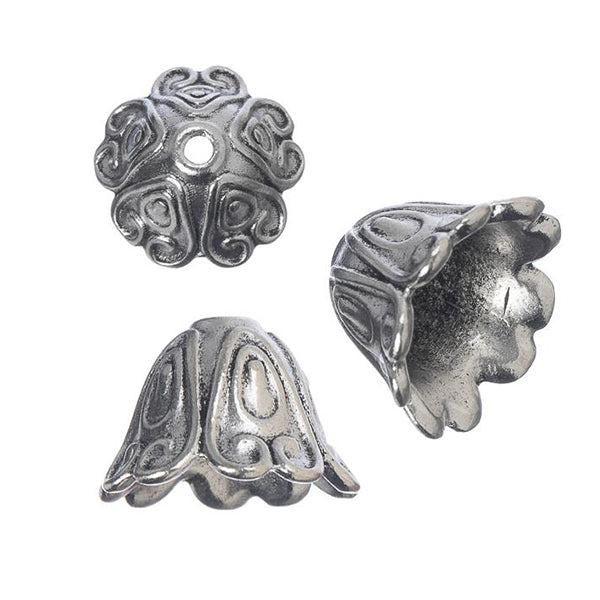 Caps & Cones
Caps & Cones
 Chain Extenders
Chain Extenders
 Clasps
Clasps
 Crimps & Ends
Crimps & Ends
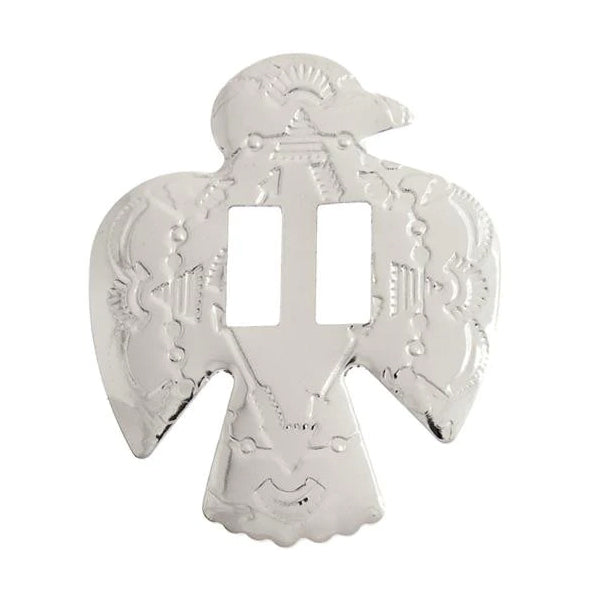 Conchos
Conchos
 Connectors
Connectors
 Earring Components
Earring Components
 Eyelets & Snaps
Eyelets & Snaps
 Findings Sets
Findings Sets
 Garment Studs
Garment Studs
 Hair Accessories
Hair Accessories
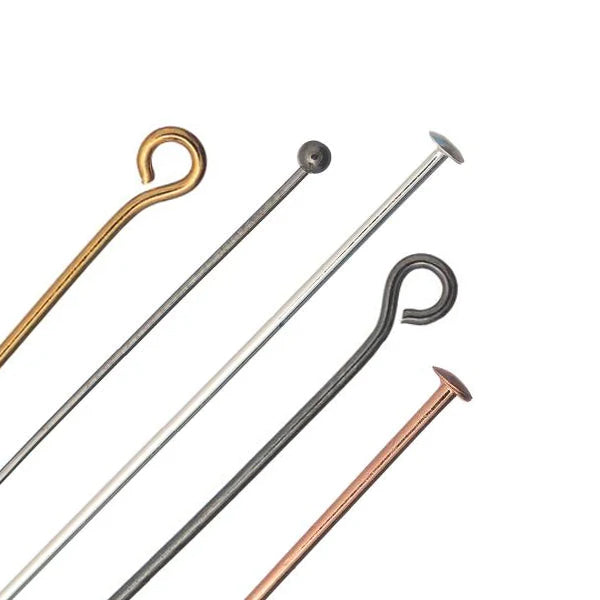 Head & Eye Pins
Head & Eye Pins
 Jewelry Parts
Jewelry Parts
 Jump & Split Rings
Jump & Split Rings
 Key Chain Parts
Key Chain Parts
 Mobile Phone Acc.
Mobile Phone Acc.
 Safety Pins
Safety Pins
 Wire Guards
Wire Guards
 Feathers
Feathers
 Furs & Animal Parts
Furs & Animal Parts
 Leather & Rawhide
Leather & Rawhide
 Cord
Cord
 Chain
Chain
 Leather & Suede Lace
Leather & Suede Lace
 Sinew
Sinew
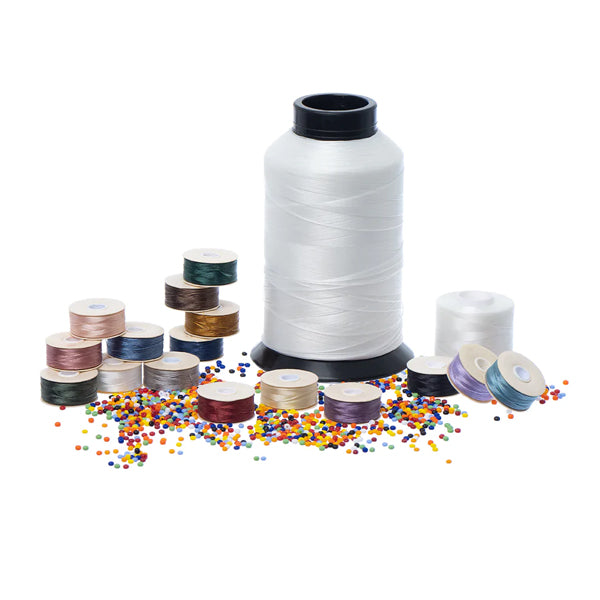 Thread
Thread
 Jewelry Wire
Jewelry Wire
 Memory Wire
Memory Wire
 Shaping Wire
Shaping Wire
 Bead & Craft Kits
Bead & Craft Kits
 Books
Books
 Patterns
Patterns
 Displays
Displays
 Gift Bags
Gift Bags
 Gift Boxes
Gift Boxes
 Jewelry Cards
Jewelry Cards
 Organizers
Organizers
 Tags, Labels & Stickers
Tags, Labels & Stickers
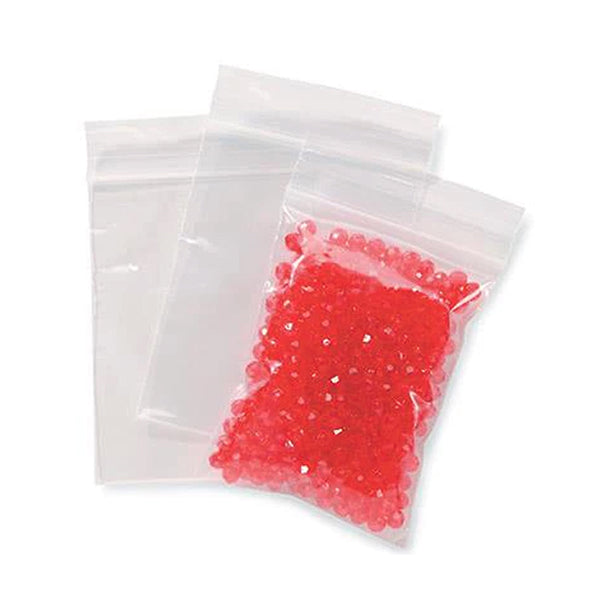 Zip Lock Bags
Zip Lock Bags
 Chakra
Chakra
 Healing Stones
Healing Stones
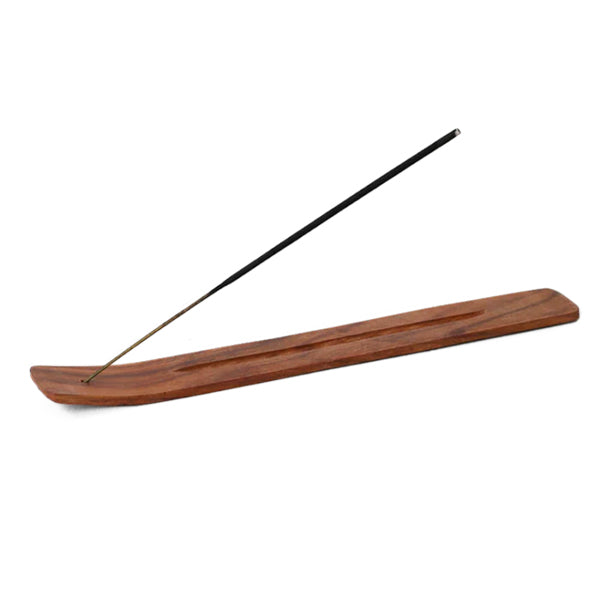 Incense & Holders
Incense & Holders
 Mala Beads & Acc.
Mala Beads & Acc.
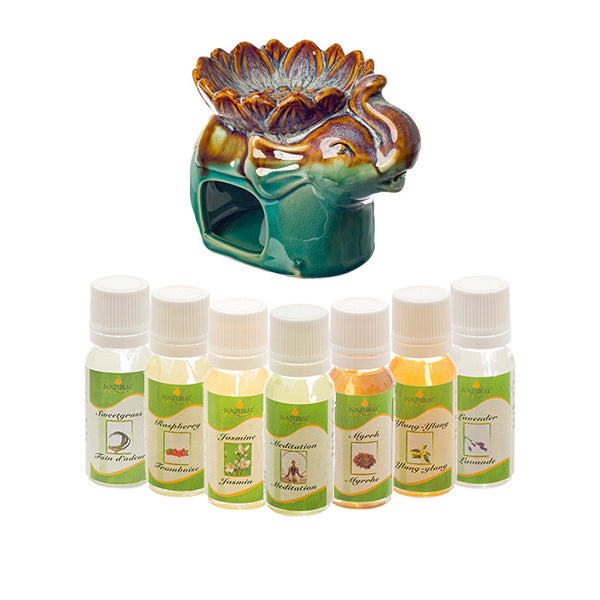 Oils & Burners
Oils & Burners
 Rocks & Minerals
Rocks & Minerals
 Smudging
Smudging
Seed beads are small uniformly shaped beads that come in a myriad of shapes, sizes, colours and finishes. Aside from embroidery, they are most commonly used for loom and off-loom bead weaving techniques such as brick stitch and peyote stitch. They can also be used for beaded flower making, simple stringing, and as spacers between other beads in jewellery making.
Glass is the most common material used to make seed beads, but historically they have also been made from metal or ceramic. Most modern high quality seed beads are made in Japan or the Czech Republic. The Japanese beads are manufactured by Matsuno, the oldest of the three Japanese seed bead manufacturers, in Osaka, Toho in Hiroshima, and Miyuki in Fukuyama, Hiroshima. These Far Eastern manufacturers have a well deserved reputation for achieving greater uniformity and consistency of size, shape and finish over Preciosa, their main Czech Republic based competitor, but their pricing does reflect this. However, pricing aside, many bead workers still favour the Czech beads because they feel they have a cottage industry like charm to them as opposed to precision cut perfection. They are also more valued in bead embroidery as they have slightly larger holes than their Japanese counterparts, making multiple thread passes easier, whilst their softer edges give a more natural drape or flow to beaded garments and projects. The waters are always shifting but Preciosa also seems to provide a greater range of basic bead shapes and then adds variations to these bead shapes in the form of cuts, twists, super twists, spirals, bevels, and hole shape.
At the lower end of the market, cheap seed beads are made in India by Onam International, based in Varanasi, and in China by Ming Tree.
Historically, from the 15th century seed bead creation, development, and production was centred in the traditional European glass making centre of Murano in Italy, before finally reaching Bohemia, and then to a lesser extent in France and Germany. France was particularly noted for its faceted metal seed beads, prompting Miyuki to introduce their Delica seed beads in 1982 as a replacement for these antique French metal cylinder beads.
Italy pioneered the process of conterie or seed bead manufacture, with much of their output used as trade beads by European merchants when exchanging goods with American Indians, Africans, and the indigenous populations of the many other colonial centres around the world. For a little over two hundred years the bead makers of Murano had a virtual monopoly on this process until the Czechs entered the market place in the 18th century. (To learn more about the growth of Czech glass read our History of Czech Glass Bead Manufacture). The process was based around the technique of drawing out glass, whereby a mass of molten glass was literally drawn or pulled into a hollow cane tube. The molten glass was gathered on the end of a tool called a puntile, then a bubble was introduced in to the centre of the glass, after which a second puntile was attached, before the glass and bubble were drawn out into a long cane. The stretching could be achieved on a small scale by one person working alone, or on a larger scale by two people moving quickly but steadily in opposite directions for up to a hundred feet or more!
A section from an engraving showing glass being drawn. A plate from the Grands Hommes et Grands Faits de L’Industrie 1880
The drawn glass tube would then be cooled, rough cut into small bead pieces with a guillotine, before the pieces were placed in a hopper filled with a clay slurry mixture to smooth the beads through the abrasive action of tumbling. They would then be cleaned and re-worked before being fired for smoothness and depth of colour. The peak of seed bead production in Murano was in the early 1900s when these beads virtually sustained the Venetian glass industry. Today seed bead manufacture is virtually non existent in Murano with production limited to a very few artisans.
It is said that the ability to manufacturer drawn beads was one of the most important developments in the history of beads. It was certainly the first time that beads could be produced en masse from tubes of glass, rather than the previous laborious practice of making individual beads. Further developments in the 1860s saw the introduction of several new processes and machines which enabled glass works to add uniformity of colour and sizing. Mass production was fully realized in the early 20th century with the arrival of a machine that could automatically draw the glass tubes achieving even greater consistency in size.
Moving on to the present day, if you were to visit one of the modern seed bead manufacturers you would still get a sense of the historic processes involved in the production of seed beads. That is once you had seen past the high tech computerized machinery and manufacturing infrastructure! You would basically be in the centre of a 24 hour operation, where molten glass is moved from automatic furnaces to a melting pot, where upon compressed air is used to force the glass through a shaped hole in the pots base thereby determining the outline of the glass column, whilst also turning the centre of the column into a hollow tube. This cooling molten glass tube would then be moved across rollers and drawn out to the required cane thickness by machine, with the speed of draw determining the diameter of the glass tubes. The tubes would then be systematically cut into metre lengths. These tube lengths would then be cooled, quality controlled, and automatically cut into bead sized lengths. The resulting beads would then be reheated with carbon powder to provide smoothness, before before being washed and then reheated in a kiln to give a gloss finish. Additional treatments, where required, would then be applied and heat re-applied to set the colours and coatings. The process itself hasn’t changed . . . just the mechanics and level of labour involved.
The principle seed beads produced in Europe by Preciosa, and the Far East by Matsuno, Miyuki, and Toho are listed below, along with vintage bead shapes that are too labour intensive to produce today. Continuous innovation and attempts to out do the competition means this is an ever changing area of bead manufacture with new shapes, shape refinements, and coatings or finishes released with increasing regularity.
| Seed Bead Types & Shapes | |
|---|---|
| Type | Description |
| Berry Beads | Released by Miyuki this Berry bead is peanut shaped and is very similar to the Matsuno and Toho peanut bead, as well as the Preciosa Farfalle bead in all but name! |
| Bugle Beads | A long, thin, tubular shaped bead, either twisted or straight, which can be plain, two cut or hex cut. |
| Cylinder Beads | Delica beads made by Mikuki, along with Treasures and Aiko made by Toho, are the highest quality seed beads in production today. They are made using state of the art machinery to give totally consistent shape and size. They have oversized holes, thin walls and are light weight, giving a beautifully uniform and detailed tile like finish to bead weaving and bead embroidery designs. Because of their lightness you also get more beads to the gram but their overall perfection means they are priced higher than comparably sized beads. Toho have also introduced hex cut cylinder beads. Mill Hill is an American company supplying their own brand cylinder beads, but the beads are actually manufactured by Toho. Preciosa also produce a delica and unica tube bead |
| Charlotte Beads | Similar to a Rocaille but they have part of the surface of the bead ground or cut, to produce a facet for added shine. Charlotte is specifically a term for single faceted beads, but can also be used when 2 or 3 facets are added to the bead to add more sparkle. Charlottes with 2 or 3 cuts to the surface are also known as two cut and three cut beads respectively. Rocailles beads are most popular in size 13/0 or 13º but are available in sizes 8/0 to 15/0 |
| Corolla Beads | A Preciosa shape which has the appearance of a four petalled flower with a round central hole. Corollo also come in twisted lengths |
| Cube Beads | Cube shaped beads come in three sizes. Those produced by Toho have the added benefit of a diamond shaped hole ensuring the beads sit correctly in a design |
| Delica Beads | See Cylinder beads |
| Drop Beads | These beads are drop shaped, come in four sizes, and have a hole in the centre of the bead. They are also known as Fringe beads |
| Farfalle Beads | Double drop shaped beads named after the Italian word for butterfly, namely farfalla. Preciosa took the lead in their design and production with the Japanese introducing very similar bead designs, named as peanut and berry. |
| Fringe Beads | See Drop beads |
| Hex Cut Beads or Hexagon Beads | A six sided bead with regular facets |
| Macco Beads | A super thin walled bead with a short bugle bead like shape |
| Macrame Beads | Round beads specifically designed with larger holes to accommodate the thicker cords used in macrame |
| Magatama Beads | Drop beads but with an offset hole giving them the appearance of curved beads. They are described by Toho as looking like a droplet of water. They are made by both Miyuki and Toho and are larger, wider and broader than standard drop beads. Longer Magatama beads resemble Czech glass dagger or spear beads save for the fact that the hole is cut on the slant so that the beads lean into each other in one direction when strung together |
| Oblong Beads | This shape seems to be unique to Preciosa and is basically an elongated slightly flattened square or cube bead with a central round hole. They are also available with a bevelled hole edge |
| Peanut Beads | Originally introduced by Matsuno but now also part of the Toho range this bead is peanut shaped and looks like two drop beads combined together. The Miyuki Berry seed bead is also very similar in shape as well as the Czech Farfalle bead which preceded both designs! |
| Rocaille Beads | Pronounced roh kai these were historically round, silver-lined seed beads with square holes. Today the term simply refers to all round seed beads of the type that most people readily associate with seed beading. These modern beads normally have round holes, but Toho have recently re-introduced Rocailles with square holes to provide greater accuracy when placing them in designs |
| Spiral Beads | A tubular bead which has been turned a stage further than a twist bead. Preciosa and Matsuno both manufacturer this shape of bead |
| Square Beads | Are square or cube shaped with a relatively large hole meaning they can fit on a narrow leather cord if required. Preciosa squares have a diamond shaped hole for better placement. They also provide twisted squares |
| Star Beads | A Preciosa shape which is similar in appearance to the Corolla but has six rounded petals forming a star shape with a round central hole. They also come in twisted lengths |
| Tila Beads | A square flat bead with two holes running in parallel made by Miyuki |
| Three Cut Beads | These beads with three random cuts creating a lot of reflective surface sparkle but with quite an irregular look to them |
| Triangle Beads | Triangular shaped beads with triangular shaped holes ensuring the beads sit correctly in a design. Hole size also means they can be used on leather cord. Miyuki have introduced a new variant of the Japanese triangle bead which has sharper more defined points. Preciosa also manufactures twisted triangles |
| True Cut Beads | A one cut bead in sizes other than 13/0 or 13º |
| 2-Cut Beads | These beads have two random cuts creating more reflective surface and therefore added shine and extra sparkle |
| 3-Cut Beads | These beads have three random cuts creating more reflective surface and therefore added shine and extra sparkle. The facets can make the edge of the bead sharp, so be sure to use a high quality durable beading thread like Fireline . |
Regardless of country of manufacture seed beads do have a uniform guideline for sizing, though the origins of those guidelines have become clouded. There are two schools of thought:
1) The size of the bead is based on the size of the metal rods or mandrel used in forming the beads
2) The size refers to the number of seed beads that sit end to end in a row over an inch (2.5cm) in length. Meaning, for example that there should be 10 size 10/0 or 10º seed beads in an inch.
Both options are historically feasible but time has now made both options outdated. With seed bead production now a highly automated process the mandrel no longer has a place in the production process, and in terms of beads per inch this may well have held true when beads were hand-cut and an average was used. However, with todays modern manufacturing methods and machine cutting, there tends to be closer to 16 beads per inch at size 10/0 or 10º, and the other sizes are just as inaccurate. Measurements are now further complicated because seed bead sizes vary slightly between manufacturers, with Japanese beads tending to be slightly larger than Czech beads of the same given size. Add to this the fact that surface coatings and finishes also increase the physical size of a bead and the whole process seems ripe for a new universal standard of measurement!
Seed beads are classified with a number that relates to their size, and whilst there is doubt as to their actual size the most important thing to remember is that the smaller the bead number the larger the bead. The most common size is an 11/0 (1.8mm to 2.2mm wide depending on manufacturer), but seed beads can range from a size 3/0 to a very tiny grain of sand like size of 24/0. The 0 here is pronounced aught. This number is based on the fact that, historically, bead manufacturers used to refer to the standard sized beads that they made in the largest quantities as size 0 or null. Smaller size beads such as a 10/0 were therefore beads that were 10 times smaller than the size 0 or null bead. So for example size 14/0 is smaller than 11/0. Aughts are denoted by a slash and a zero, or a degree mark, so size 11 is written 11/0 or 11º.
*Due to the differing manufacturing processes, coatings and finishes employed in seed bead production in the Czech Republic and Japan, as explained above, these measurements can only ever be an approximation.
| Seed Bead Size Conversion* | |||
|---|---|---|---|
| Aught Size | Millimetre Size | Beads Per Inch | Additional Notes |
| Seed Beads 6/0 or 6º | 3.3 mm | 10 | |
| Seed Beads 7/0 or 7º | 2.9 mm | 11 | |
| Seed Beads 8/0 or 8º | 2.5 mm | 13 | |
| Seed Beads 9/0 or 9º | 2.2 mm | 15 | |
| Seed Beads 10/0 or 10º | 2.0 mm | 16 | |
| Seed Beads 11/0 or 11º | 1.8 mm | 19 | Miyuki Delicas, typically used for off-loom weaving, peyote stitch, brick stitch, square stitch and African helix, tend to come up smaller at 1.6mm |
| Seed Beads 12/0 or 12º | 1.7 mm | 20 | Including Miyuki Delica and Toho Treasure or Aiko 11/0 or 11º |
| Seed Beads 13/0 or 13º | 1.5 mm | 27 | |
| Seed Beads 14/0 or 14º | 1.4 mm | 24 | |
| Seed Beads 15/0 or 15º | 1.3 mm | 25 | |
The table below presents the more common coatings and finishes from the four main seed bead producers. As is the case with bead shapes and shape refinements, the coatings and finishes that are applied to beads are another area where continuous innovation and attempts to out do the competition come into play. New coatings and finishes are released with increasing regularity.
As with any applied coatings and finishes there is the possibility of fading through long exposure to sun light, or wear through day to day use. However this is now far more likely with cheap Indian seed beads and Chinese seed beads than with the four main seed bead manufacturers. They have all added a final firing stage into their process to ensure their coatings and finishes are as durable as they can be. As has been the case throughout history the formulas and processes used in glass production remain a closely guarded secret.
| Seed Bead Finishes | |
|---|---|
| Finish | Description |
| Alabaster Seed Bead | A dense translucent milky white or tinted finish |
| Aurora Borealis Seed Bead or AB | An iridescent rainbow effect finish applied to the surface of the seed beads. Usually applied to one side of a bead but it can be used over the entire surface. |
| Ceylon Seed Bead | A pearl lustre surface finish or inside colouring of opaque beads |
| Dyed Seed Bead | A seed bead that has been surface dyed to a secondary colour. The colouring is on the surface and therefore can rub off over time |
| Galvanized Seed Bead | A coloured surface coating or plating with a metal appearance. Techniques have improved but there is potential for this surface coating to rub off |
| Black Lined Seed Bead | A black coating applied to the inside wall of a transparent or coloured seed bead adding depth of colour |
| Brass Lined Seed Bead | A brass like coating which reflects a brass light when applied to the inside wall of a transparent or coloured seed bead |
| Bronze Lined Seed Bead | A bronze like coating which reflects a brown light when applied to the inside wall of a transparent or coloured seed bead |
| Copper Lined Seed Bead | A copper like coating which reflects a reddish light when applied to the inside wall of a transparent or coloured seed bead |
| Silver Lined Seed Bead | A silver like coating which reflects light when applied to the inside wall of a transparent or coloured seed beads |
| Frost Seed Bead | Matte frosted beads typically in bronze, gold or rainbow finishes |
| Iris Seed Bead | An amazing iridescent coating when applied to dark opaque seed beads. Typically a rainbow based around purple |
| Lustre Seed Bead | A transparent bead with a subtle pearl, silver, or gold surface finish producing a soft reflected light |
| Marbled Seed Bead | A recent Toho seed beads innovation taking an opaque bead and giving it a marbled surface coating. Also available as gilded marble with a surface coating of uneven gilding over the marbled surface |
| Matte Seed Bead | The seed beads are etched at a microscopic level producing a dull finish that does not reflect light |
| Metallic Seed Bead | A shiny, vibrant metal surface coating or plating over an opaque or transparent base giving the appearance of metal, typically bronze or gunmetal |
| Opal Seed Bead | A translucent seed bead lined with silver or gold |
| Opaque Seed Bead | Seed beads that are solid in colour and therefore not transparent |
| Pearl Seed Bead | An opaque seed bead given a pearlised surface coating |
| Rainbow Seed Bead | An iridescent coating on the outside of either an opaque or transparent bead |
| Satin Seed Bead | Seed beads made from translucent low lustre glass |
| Stripe Seed Bead | Seed beads made with two or more glass colours |
| Translucent Seed Bead | Glass seed beads that allow diffused light to pass through them |
| Transparent Seed Bead | Glass seed beads that are see through even when coloured. With lighter colours these beads look almost clear |
Seed beads are sold either by the hank or by weight in grams. If you buy Czech seed beads, or vintage European seed beads, they would normally come in hanks with a label denoting their country of origin and manufacturer.
A 10” hank of vintage Czechoslovakian cobalt blue seed beads size 16/0 or 16º from the 1920s
Each hank contains approximately 12 strands of 20 inches. The length and number of strands may wary from the different sized beads though. However, as a service to their customers (as well watching their margins!) many wholesalers repackage the hanks into smaller tubes of beads and sell them in grams. This is ideal for those using smaller quantities of beads across a range of colours but a hank proves more economical when a larger quantity of beads is required. On the other side of the world contemporary Japanese seed beads are sold per gram weight, but vintage Japanese seed beads will be still found in hanks.
*This table assumes a hank is 12 individual loops grouped together with each loop measuring 20 inches and Rocaille seed beads have been used.
| Seed Beads Per Hank or Gram* | |||
|---|---|---|---|
| Seed Bead Size | Approx. Beads Per Hank | Approx. Beads Per Gram | |
| Seed Beads 6/0 or 6º | 2100 | 15 | |
| Seed Beads 7/0 or 7 | n/a | 22 | |
| Seed Beads 8/0 or 8º | 2880 | 38 | |
| Seed Beads 9/0 or 9º | 3156 | n/a | |
| Seed Beads 10/0 or 10º | 3540 | 91 | |
| Seed Beads 11/0 or 11º | 4080 | 110 | |
| Seed Beads 12/0 or 12º | 4440 | 190 – Also 11/0 or 11º Delica, Treasure and Aiko | |
| Seed Beads 13/0 or 13º | 4980 | 215 | |
| Seed Beads 14/0 or 14º | 5580 | 255 | |
| Seed Beads 15/0 or 15º | 5300 | 290 | |
Sign up today to stay in the loop about the hottest deals, coolest new products, and exclusive sales.
Thanks for subscribing!
This email has been registered!
Last updated: September 11, 2025
Summary of i-Bead Inc.'s Terms of Service:
Product Descriptions: i-Bead Inc. strives for accurate product information, but errors may occur. Product availability and specifications, like size, are subject to change.
Product Images: Images are for representation purposes; actual products may vary in appearance due to display settings or manufacturing differences.
Copyright & Intellectual Property: All content on the Website is owned by i-Bead Inc. or its licensors. Users are granted a limited, non-commercial license to view and print content for personal use but cannot reproduce or distribute it without permission.
Trademarks: The i-Bead name and logo are trademarks of i-Bead Inc. Unauthorized use of trademarks is prohibited.
Use of the Website: Users must comply with laws and the Terms. Account creation may be required for certain services. Users are responsible for account security and cannot engage in harmful behavior or unauthorized access.
Pricing & Availability: Prices are listed in Canadian Dollars (CAD) and are subject to change. Additional charges for taxes, shipping, and duties may apply. Out-of-stock products may be removed or delayed.
Limitation of Liability: i-Bead Inc. is not liable for any indirect damages, and the website is provided "as is" without warranties.
Privacy & Data Protection: The use of personal data is governed by the company’s Privacy Policy, which users should review.
Indemnification: Users agree to defend and hold i-Bead Inc. harmless from any legal issues arising from their use of the site or violation of the Terms.
Modifications: i-Bead Inc. can update these Terms at any time. Changes will be effective upon posting.
Governing Law: The Terms are governed by the laws of Ontario, Canada, and any disputes will be resolved in Ontario courts.
Contact Information: For questions, users can contact i-Bead Inc. at their address or via email or phone.
Summary of i-Bead Inc.'s Refund Policy:
In-Store Purchases: Items can be returned within 30 days with the original receipt for an exchange, store credit, or refund. Must be unopened and in original condition.
Online Purchases: Returns allowed within 30 days of receiving your order. Prior authorization required. Items must be unopened and in original condition.
Non-Returnable Items: Sale items, opened packages, broken strands, cut items (e.g., leather, cord), books, and special orders cannot be returned.
Restocking Fee: Returns after 30 days incur a 20% restocking fee. Clearance/discontinued items cannot be returned after 30 days.
Damaged/Defective Items: Contact customer service within 48 hours. Return shipping will be covered, and you can request a refund or replacement.
Return Instructions: Include the reason for the return, order details, and use a traceable shipping carrier. Returns must be prepaid, and customs fees are not covered.
Refund Process: Refunds will be issued after inspection, minus shipping costs, and may take 1-2 weeks to process.
For returns, the items must be in their original, unopened condition.
Summary of i-Bead Inc.'s Shipping Policy:
Shipping Methods: i-Bead uses Purolator, UPS, Canpar, and FedEx for Ground and Express shipping.
Shipping Times: Orders placed by 12:00 PM EST ship the same day; orders placed after that time ship the next business day. V.I.Bead Members get same-day shipping regardless of order volume.
Shipping Locations: We ship within Canada and to select international destinations (excluding the United States). P.O. Boxes are not eligible.
Shipping Discounts:
Tracking & Insurance: All orders include tracking. Insurance is included for orders under $100; additional coverage is available for $3 per $100.
Damage or Loss: Contact customer service within 48 hours if your order is damaged or lost during transit. Claims will be processed with the courier.
Theft: i-Bead is not responsible for theft once a package is marked as delivered. Signature confirmation is available for added security.
Delays: Delivery may be delayed due to factors like weather, rural locations, or peak seasons.
Summary of i-Bead Inc.'s Sales Tax Policy:
Canadian Residents: Sales tax is applied based on the province:
First Nations: Eligible customers may receive tax relief with the Indian Status Tax Exemption Card.
U.S. & International Orders: U.S.: Not applicable—shipping is paused. International (non-U.S.): No Canadian sales tax or VAT is charged by i-Bead; destination duties/taxes may apply.
In short, Canadian customers are taxed based on their province; U.S. orders are not available; international customers may incur destination duties/taxes.
Summary of i-Bead Inc.'s Native Status Card Policy:
Tax Exemption Eligibility: Status Card holders can qualify for GST/HST relief if:
Ontario Residents: Eligible for an 8% HST rebate on orders shipped within Ontario.
How to Apply:
Important: Misrepresentation of eligibility can result in penalties from the CRA.
In short, eligible Status Card holders can receive tax relief by following the proper procedure and submitting required documentation.
Summary of i-Bead Inc.'s Privacy Policy:
i-Bead Inc.'s Privacy Policy outlines how they collect, use, and disclose personal information. They gather data directly from users (e.g., contact details, order info, payment info) and through tracking technologies (e.g., cookies). This data is used for order processing, marketing, security, and customer support. The company may share data with third-party vendors and partners for service fulfillment, marketing, and legal compliance. Users can access, correct, or delete their data, and opt-out of marketing communications. The policy also covers data security, retention, and international transfers.
By completing the checkout process, you (the customer) acknowledge that you have read, understood, and agreed to the Terms and Conditions outlined by i-Bead Inc. Furthermore, you agree that i-Bead Inc. shall not be held liable for any delays in shipping caused by factors beyond its control, including, but not limited to, disruptions due to COVID-19, adverse weather conditions, holiday seasons, natural disasters (Acts of God), strikes, or lock-outs or any other unforeseeable events. In addition, in the event that a parcel is damaged or lost during transit, and you have not obtained additional insurance coverage, you expressly agree that i-Bead Inc. shall not be held responsible or accountable for any resultant loss, damage, or delay.
Wahnapitae, ON P0M 3C0
Phone: 705-694-0065
Fax: 705-694-1594
Toll Free: 1-877-224-2323
Email: info@ibeadcanada.com
Mon-Sat: 10am - 6pm
Sun: 11am-5pm
Mon-Sat: 10am - 6pm
Sun: 11pm-5pm